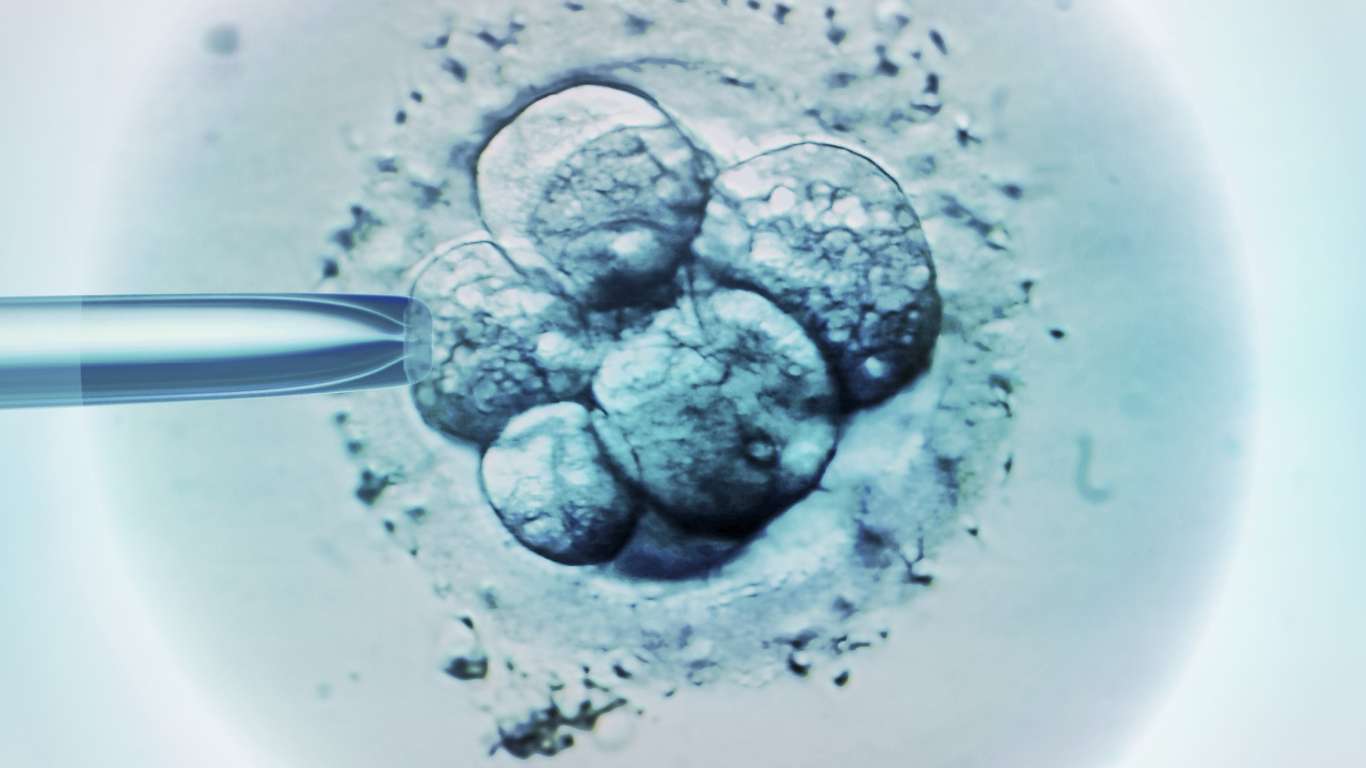
06 Nov No Embryos After IVF? What Are the Next Steps?
An Informative Guide by Fertility Specialists Medical Group
Undergoing IVF is an emotionally, physically, and financially intensive process. The anticipation of positive outcomes after all the treatments and tests is both exciting and nerve-wracking. It can be disheartening to learn that, after all your efforts, no embryos have developed. If you find yourself facing this scenario, it’s essential to know you’re not alone and that there are options to explore.
Why Might No Embryos Develop?
Before delving into the next steps, understanding why no embryos might have developed can help guide future decisions. There could be various reasons:
- Egg Quality: The quality of eggs is crucial for successful fertilization. Poor egg quality, often linked to age or underlying medical conditions, can lead to unsuccessful IVF cycles 1.
- Sperm Issues: Factors like low sperm count, poor motility, or abnormal morphology can affect fertilization and blastocyst development2.
- Laboratory Conditions: Sometimes, external factors, such as the conditions of the IVF lab, can impact embryo development.
What Are the Next Steps?
- Consult with Your FSMG Specialist: The first step should always be a detailed discussion with your reproductive endocrinologist. Understanding the specific reasons for a prior unsuccessful IVF cycle can provide clarity and direction. “Each individual’s fertility journey is unique, and what works for one person might not work for another. It’s essential to personalize the approach based on the specific reasons identified,” says Dr. Wendy Shelly, Surgical Director and Reproductive Endocrinologist at Fertility Specialists Medical Group.
- Consider Another IVF Cycle: Sometimes, a second or subsequent IVF attempt might yield better results, especially if adjustments are made based on the learnings from the initial cycle 3.
- Explore Donor Eggs or Sperm: If egg or sperm quality is a concern, considering donor eggs or sperm might increase the chances of successful embryo development.
- Consider Gestational Carriers: If there are concerns about the uterus or other factors preventing embryo implantation, a gestational carrier might be an option.
- Embryo Adoption: Another alternative is adopting embryos. Some couples who have undergone IVF and have surplus embryos choose to donate them to others 4.
- Look into Other Fertility Treatments: Apart from IVF, there are other fertility treatments available, such as ovarian-stimulation and IUI. Discussing these with your doctor might provide another pathway to pregnancy.
- Seek Emotional Support: Facing a setback in your fertility journey can be challenging emotionally. Seeking support from a therapist specializing in fertility issues, joining a support group, or speaking with others who’ve faced similar challenges can be therapeutic.
It’s natural to feel a myriad of emotions if an IVF cycle doesn’t yield embryos. Remember that technological and medical advances in reproductive medicine are continually evolving, offering hope and solutions for many facing fertility challenges. Stay informed, seek guidance, and explore all the options available to you.
*Note: Always consult with a reproductive endocrinologist or fertility specialist for individual advice and guidance. For a consultation Click Here
Sources:
1: Mayo Clinic. (2019). Female infertility
2: American Pregnancy Association. (2020). Male Infertility
3: Human Reproduction. (2014). Repeat IVF cycle increases pregnancy chances
4: National Embryo Donation Center. (2021). Embryo Adoption


